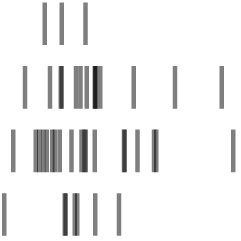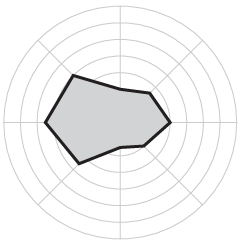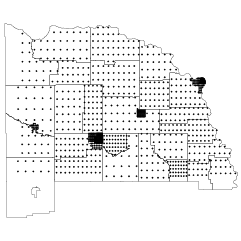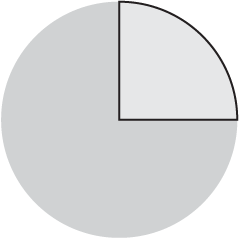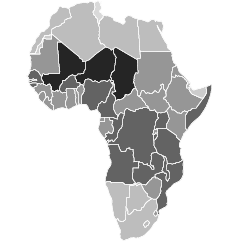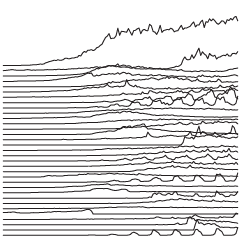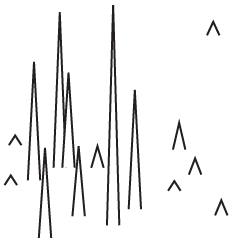The internet changed how sex workers and clients find each other and how the former does business. Allison Schrager, Christopher Groskopf, and Scott Cunningham, reporting for Quartz, delve into actual numbers using scraped data from The Erotic Review:
Sex work is as old as civilization, but in the past 20 years the market for illegal sex services has undergone a radical transformation thanks to the internet, upending how it is sold and priced. There are now more women selling sex, more overall encounters, and—unlike in many other industries disrupted by the web—higher wages for workers.
Also safer (although still with its inherent risks).

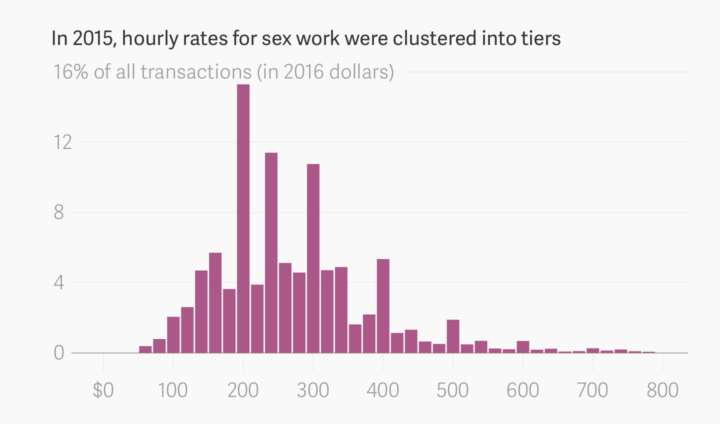
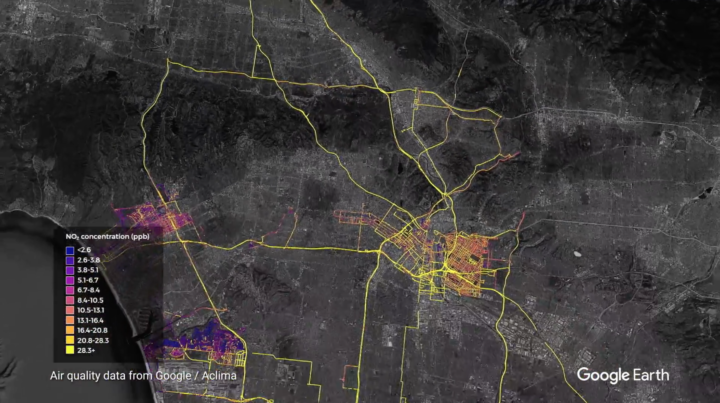

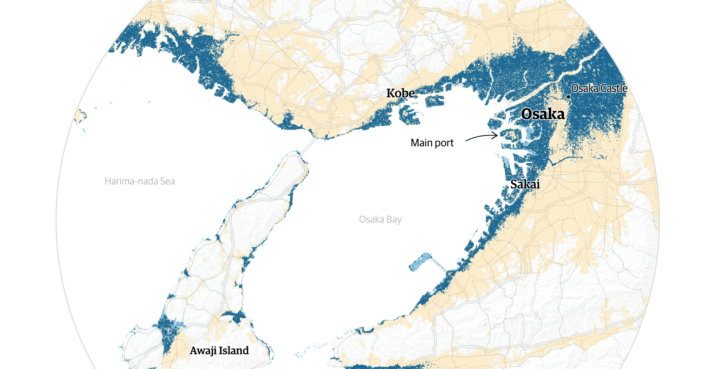
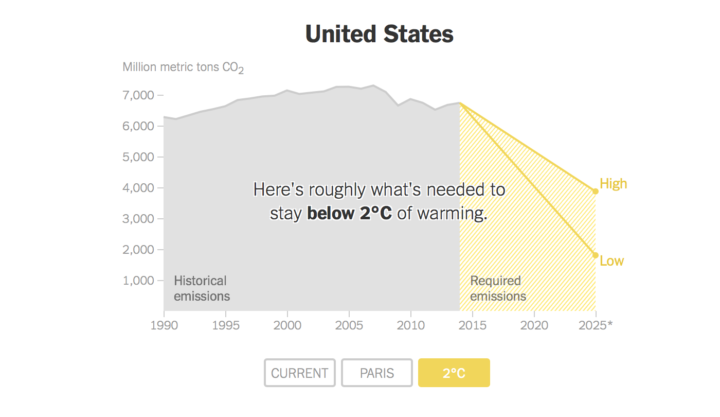
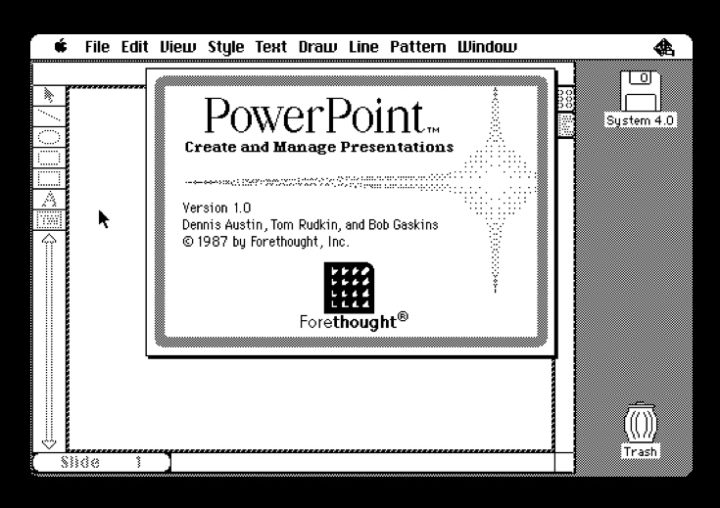

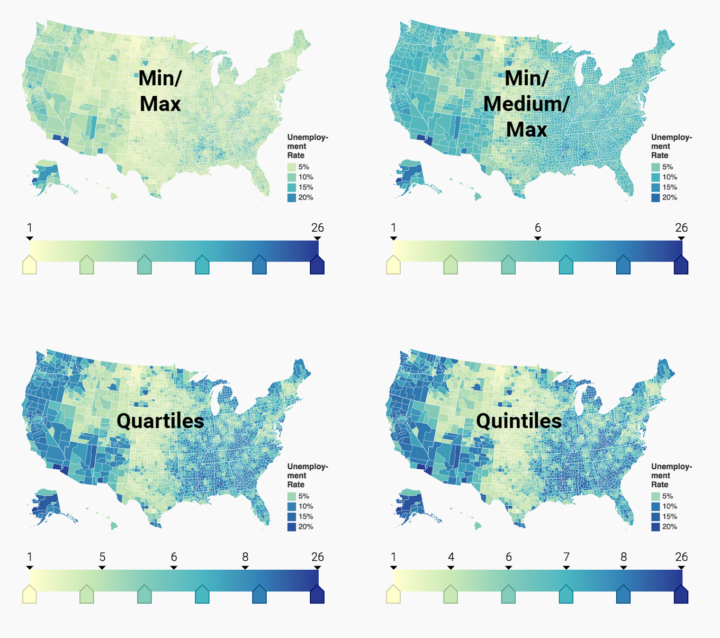
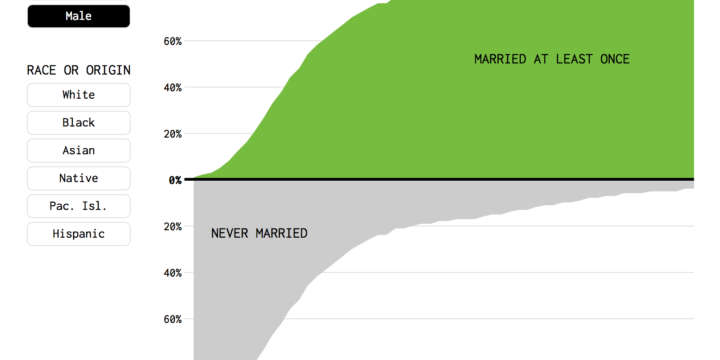
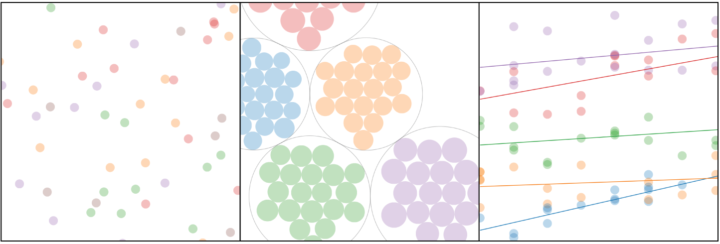
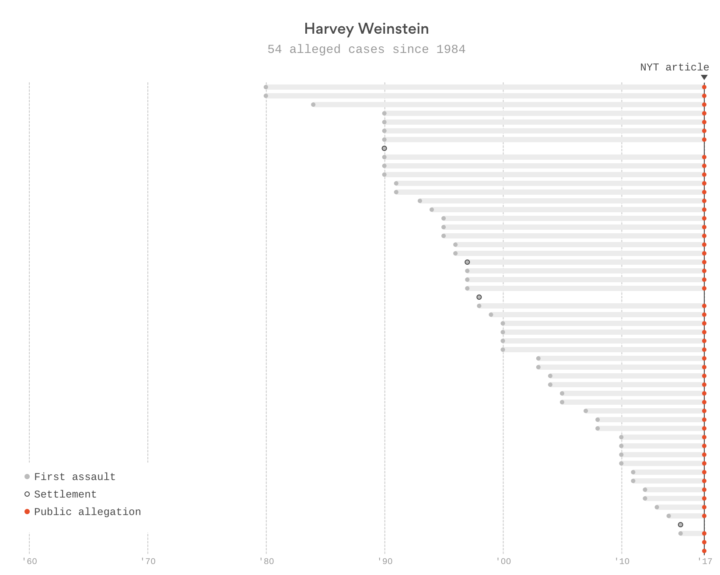

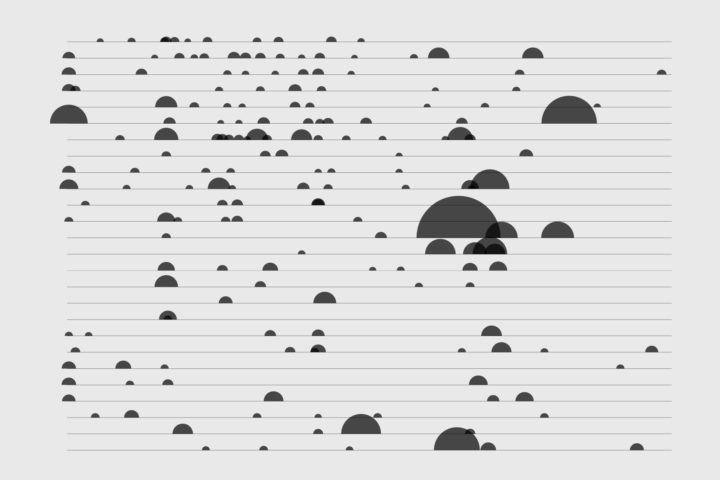
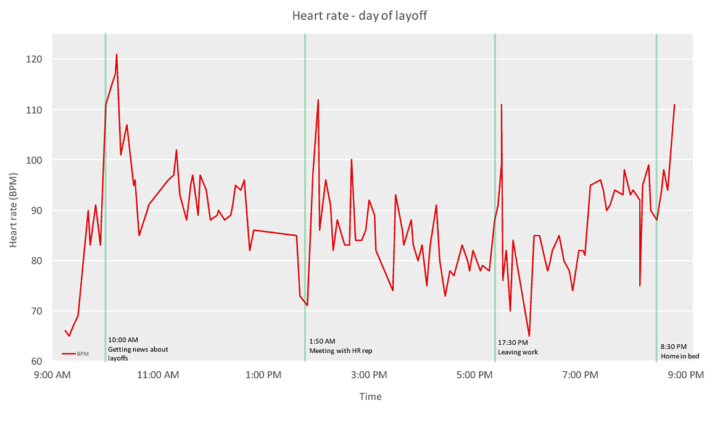
 Visualize This: The FlowingData Guide to Design, Visualization, and Statistics (2nd Edition)
Visualize This: The FlowingData Guide to Design, Visualization, and Statistics (2nd Edition)

